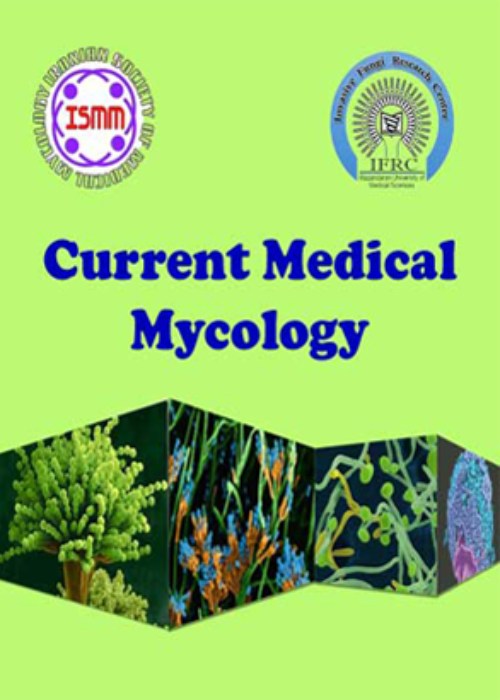Antifungal susceptibility pattern and biofilm-related genes expression in planktonic and biofilm cells of Candida parapsilosis species complex
Candida parapsilosis complex isolates are mainly responsible for nosocomial catheter-related infection in immunocompromised patients. Biofilm formation is regarded as one of the most pertinent key virulence factors in the development of these emerging infections. The present study aimed to compare in vitro antifungal susceptibility patterns and biofilm-related genes expression ratio in planktonic and biofilm’s cells of clinically C. parapsilosis complex isolates.
The current study was conducted on a number of 17 clinical C. parapsilosis complex (10 C. parapsilosis sensu stricto, 5 C. orthopsilosis, and 2 C. metapsilosis). The antifungal susceptibility patterns of amphotericin B, fluconazole, itraconazole, voriconazole, posaconazole, and caspofungin in planktonic and biofilm forms were closely examined using CLSI M27-A3 broth microdilution method. The expression levels of biofilm-related genes (BCR1, EFG1, and FKS1) were evaluated in planktonic and biofilm’s cells using Real-time polymerase chain reaction (PCR) technique.
The obtained results indicated that all C. parapsilosis complex isolates were able to produce high and moderate amounts of biofilm forms. In addition, the sessile minimum inhibitory concentrations were reported to be high for fluconazole (≥ 64 μg/ml), itraconazole, voriconazole, and posaconazole (≥ 16 μg/ml), as compared to planktonic minimum inhibitory concentrations. Moreover, a significant difference was observed between antifungal susceptibility patterns for all azole antifungal agents (P<0.05). Furthermore, the BCR1 overexpression was considered significant in biofilms with regard to planktonic cells in C. parapsilosis species complex (P=0.002).
C. parapsilosis complex isolates were found susceptible to most of the tested antifungal drugs, while biofilms demonstrated a noticeable resistant to azoles. The marked discrepancy noted in antifungal susceptibility patterns among these species should be highlighted to achieve effective therapeutic treatment.
- حق عضویت دریافتی صرف حمایت از نشریات عضو و نگهداری، تکمیل و توسعه مگیران میشود.
- پرداخت حق اشتراک و دانلود مقالات اجازه بازنشر آن در سایر رسانههای چاپی و دیجیتال را به کاربر نمیدهد.


